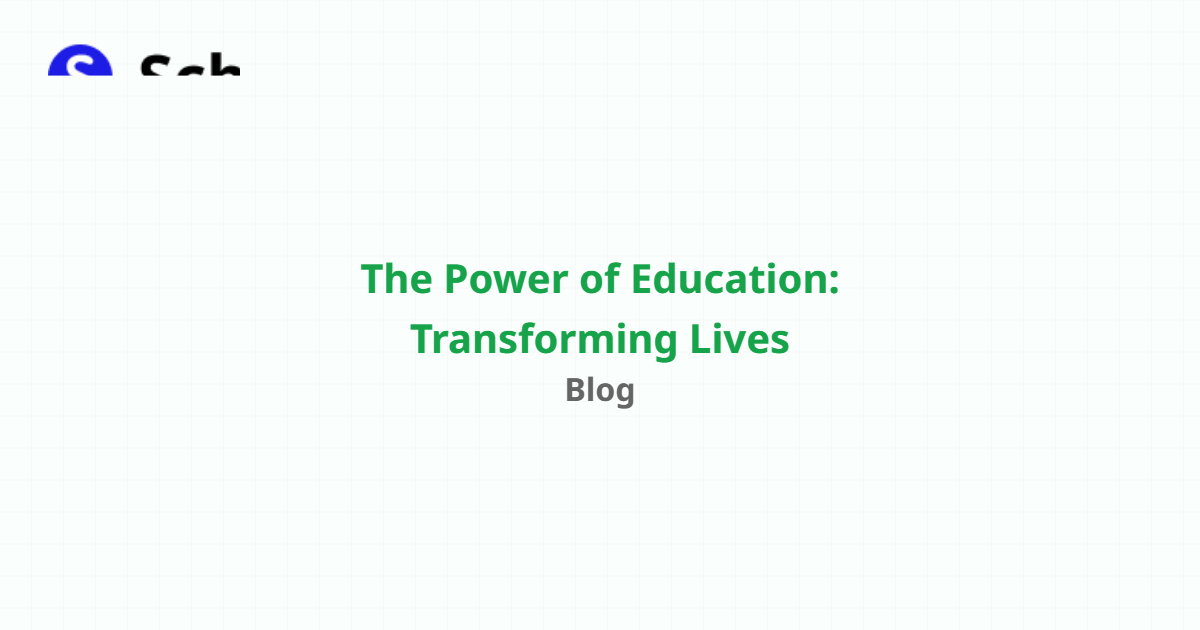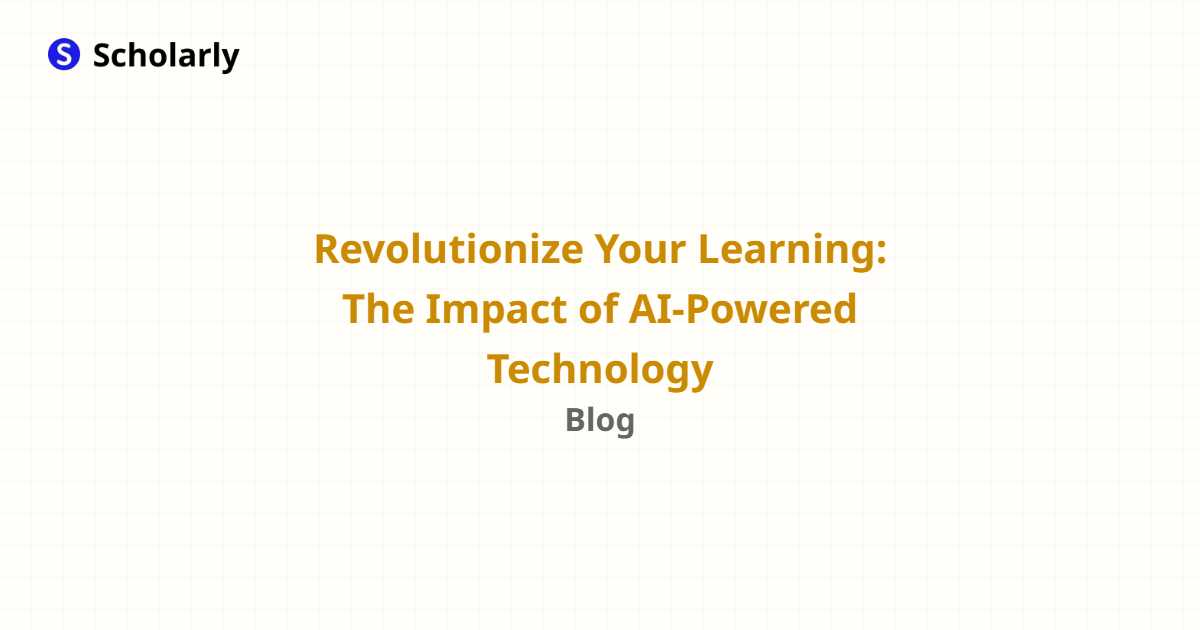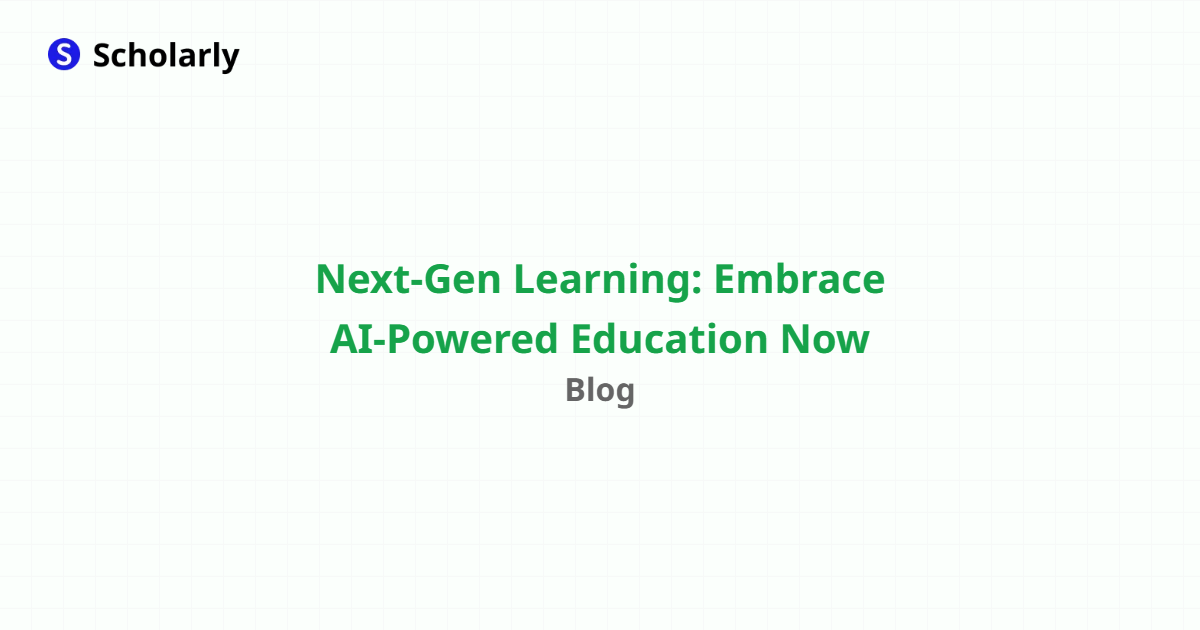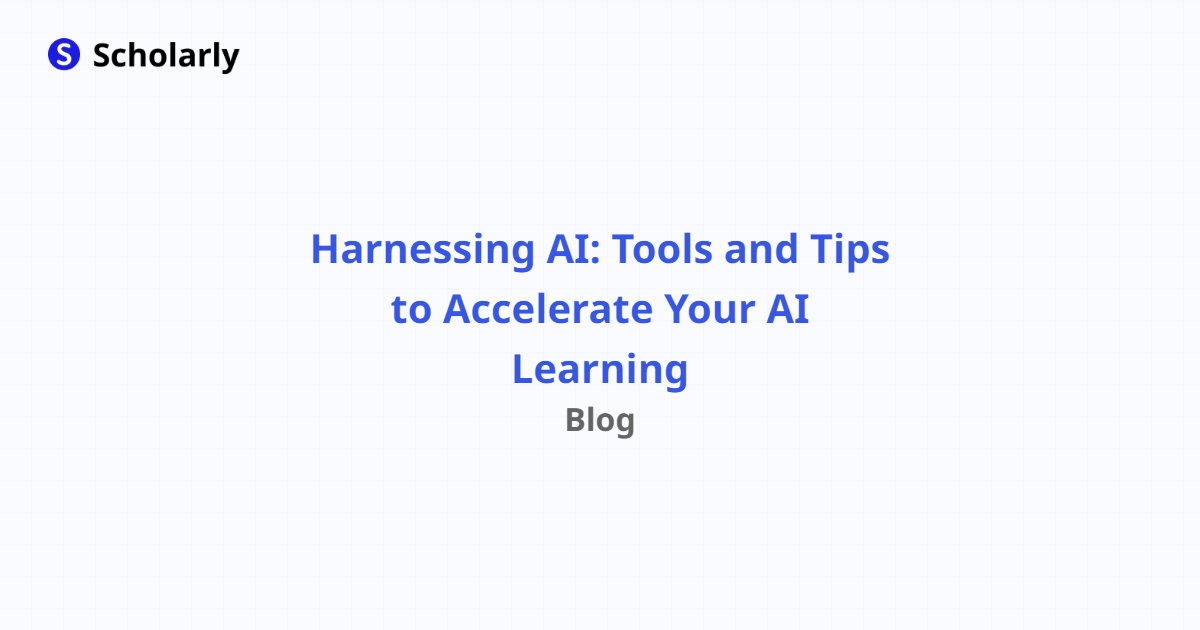Published in General
The Benefits of Free Printable Textbooks for College Students
By Scholarly
8 min read
Introduction
As college tuition continues to rise, students are constantly searching for ways to save money. One innovative solution that has gained popularity is the use of free printable textbooks. These digital resources provide students with access to high-quality learning materials without the hefty price tag. In this article, we will explore the benefits of using free printable textbooks for college students and how they can enhance the learning experience.
History
Past State
In the past, college textbooks were primarily available in print form and were often prohibitively expensive. Students had to spend hundreds of dollars each semester to purchase the required books for their classes. This financial burden placed a significant strain on students, forcing them to make tough choices between buying textbooks and other necessities.
Current State
Today, with the advancement of technology and the rise of the internet, free printable textbooks have emerged as a viable alternative. Various websites and platforms offer a wide range of textbooks across different disciplines, allowing students to access the necessary materials for their courses at no cost. This accessibility has revolutionized the way students approach their studies, providing them with greater flexibility and affordability.
Future State
Looking ahead, free printable textbooks are likely to continue growing in popularity. As more educational institutions recognize the benefits of open educational resources (OER), they are embracing the concept of free textbooks. Additionally, advancements in digital publishing and distribution technologies will make it even easier for students to access and utilize free printable textbooks.
Benefits
Cost Savings: One of the most significant benefits of free printable textbooks is the cost-saving aspect. By eliminating the need to purchase expensive textbooks, students can save hundreds or even thousands of dollars each semester. This financial relief allows students to allocate their resources towards other important areas, such as tuition, housing, and personal expenses.
Accessibility: Free printable textbooks break down barriers to education by providing equal access to learning materials for all students. Regardless of their financial situation, students can access the same high-quality textbooks as their peers. This equal access promotes a more inclusive and equitable learning environment.
Customization: With free printable textbooks, students have the freedom to customize their learning experience. Digital textbooks can be easily annotated, highlighted, and bookmarked, allowing students to personalize their study materials. This level of customization enhances engagement and retention by catering to individual learning preferences.
Portability: Free printable textbooks are digital in nature, making them highly portable. Students no longer have to lug around heavy backpacks filled with textbooks. Instead, they can carry all their learning materials on a single device, such as a laptop or tablet. This convenience allows for studying anytime, anywhere, and eliminates the risk of forgetting or misplacing physical textbooks.
Sustainability: By adopting free printable textbooks, students contribute to a more sustainable future. The production and distribution of traditional textbooks have a significant environmental impact, from deforestation to greenhouse gas emissions. Digital textbooks reduce paper waste, conserve natural resources, and decrease carbon footprints.
Significance
The significance of free printable textbooks lies in their ability to democratize education. By providing free and accessible learning resources, they level the playing field for students from all socioeconomic backgrounds. This inclusivity fosters greater diversity and enhances educational outcomes. Furthermore, free printable textbooks align with the principles of open education, promoting collaboration, knowledge sharing, and continuous learning.
Best Practices
Research and Evaluate: Before using any free printable textbook, it is important to research and evaluate its quality, accuracy, and relevance to your course. Look for textbooks from reputable sources such as universities, educational organizations, or renowned authors.
Check for Updates: Digital textbooks can be regularly updated to reflect the latest advancements or developments in the field. Make sure to check for updates and revisions to ensure you have the most up-to-date version.
Take Advantage of Interactive Features: Many free printable textbooks offer interactive features such as embedded videos, quizzes, and interactive exercises. Take full advantage of these features to enhance your learning experience.
Collaborate and Share: Free printable textbooks often come with sharing capabilities, allowing students to collaborate with classmates and share notes or insights. Leverage these collaboration features to foster discussion and deeper understanding.
Pros and Cons
Pros:
- Cost savings
- Accessibility
- Customization
- Portability
- Sustainability
Cons:
- Reliance on technology
- Limited availability for certain subjects
- Potential distractions
- Lack of physicality and tactile experience
- Potential compatibility issues with different devices
Comparison
When comparing free printable textbooks to traditional print textbooks, several factors come into play. Traditional textbooks offer a tactile experience and familiarity, but they come at a high cost. Free printable textbooks provide cost savings and accessibility, but they may lack the physicality that some students prefer. Ultimately, the choice between the two depends on individual preferences, financial considerations, and the specific requirements of the course.
Methods
Online Libraries: Many online libraries, such as OpenStax and Project Gutenberg, offer a wide selection of free printable textbooks that cover various subjects and academic levels.
University Websites: Universities often provide free printable textbooks for certain courses or programs. Check your university's website or library for available resources.
Open Educational Resources (OER): OER platforms like Merlot and OER Commons host a collection of free printable textbooks created and shared by educators worldwide.
Publisher Websites: Some publishers offer a selection of free printable textbooks as a means of promoting their brand or as part of their corporate social responsibility initiatives.
Scholarly: Scholarly is an AI-powered platform that allows students to generate their printable textbooks using AI-generated content. The platform offers a user-friendly interface for creating, organizing, and studying from personalized textbooks.
AI Impact
AI Applications: AI can significantly impact free printable textbooks by automating the content creation process, providing personalized recommendations, and improving the accessibility of these resources. AI-powered tools can analyze student learning patterns and adapt the textbook content to cater to individual needs.
AI Techniques: Natural Language Processing (NLP), Machine Learning (ML), and Deep Learning are some of the AI techniques used in developing AI-powered textbook platforms. These techniques enable the platforms to understand student inputs, generate relevant content, and provide personalized study materials.
AI Benefits: AI benefits free printable textbooks by enhancing their usability, relevance, and effectiveness. AI-powered platforms can provide intelligent search capabilities, interactive features, and adaptive learning experiences.
AI Challenges: Implementing AI in free printable textbooks comes with challenges. Ensuring the accuracy and quality of the AI-generated content is crucial. Additionally, addressing privacy and data protection concerns is important when utilizing AI techniques.
Potential Online Apps
OpenStax: OpenStax offers a vast library of free printable textbooks across various subjects, making it a valuable resource for college students.
Project Gutenberg: Project Gutenberg provides access to over 60,000 free e-books, including a wide selection of classic literature and educational materials.
OER Commons: OER Commons is a platform that hosts a collection of educational resources, including free printable textbooks.
Merlot: Merlot is a curated collection of free and open online teaching, learning, and faculty development services and materials.
Scholarly: Scholarly, an AI-powered platform, enables students to generate their own printable textbooks using AI-generated content. It offers a range of study features and customizable options to enhance the learning experience.
Conclusion
Free printable textbooks for college students offer numerous benefits, including cost savings, accessibility, customization, portability, and sustainability. These digital resources have the potential to revolutionize the way students approach their studies, providing equal access to high-quality learning materials. As more educational institutions embrace open educational resources and advancements in AI continue, free printable textbooks will play an increasingly significant role in shaping the future of education.




